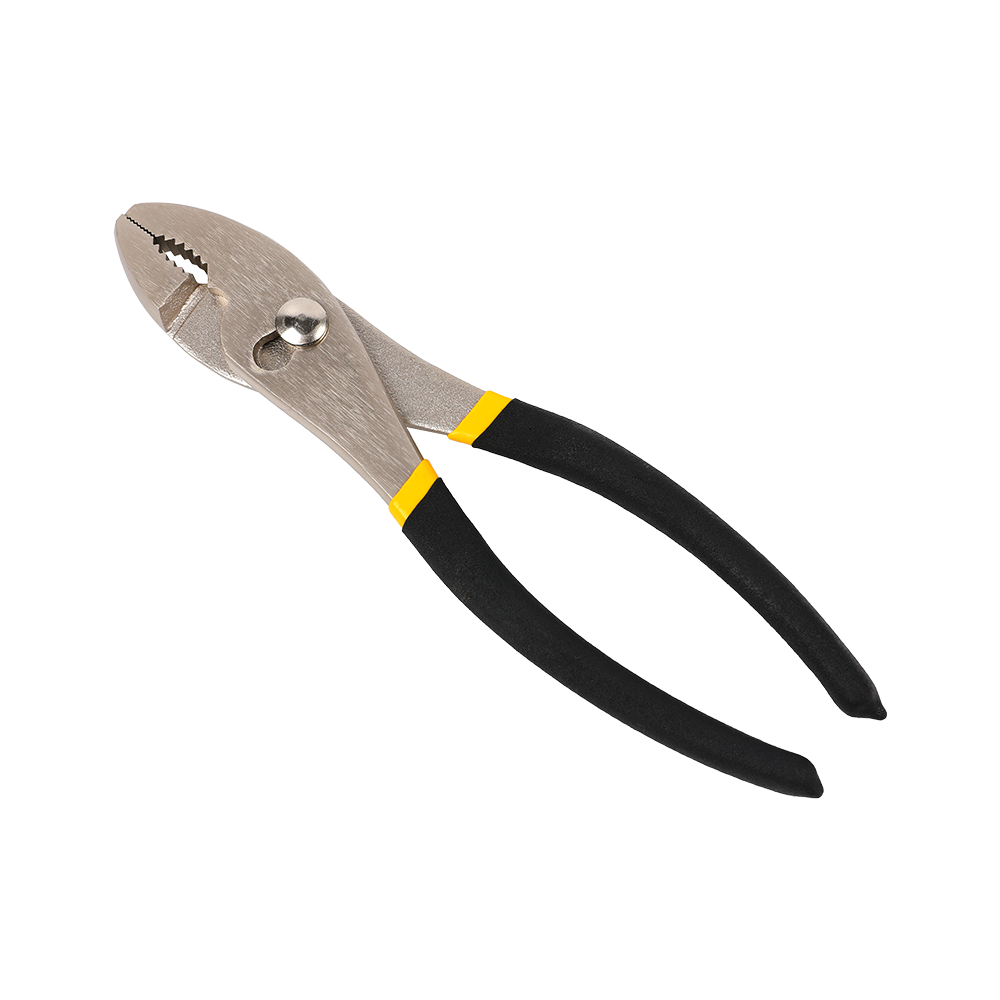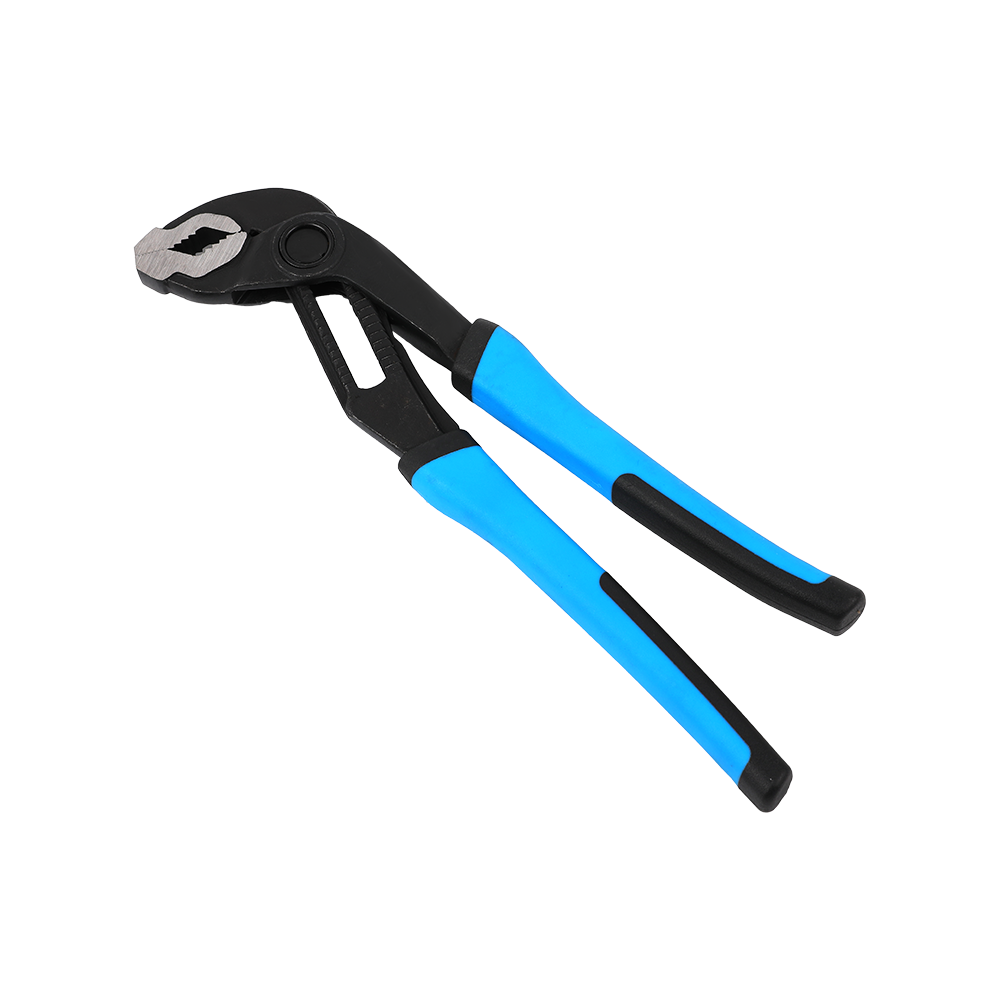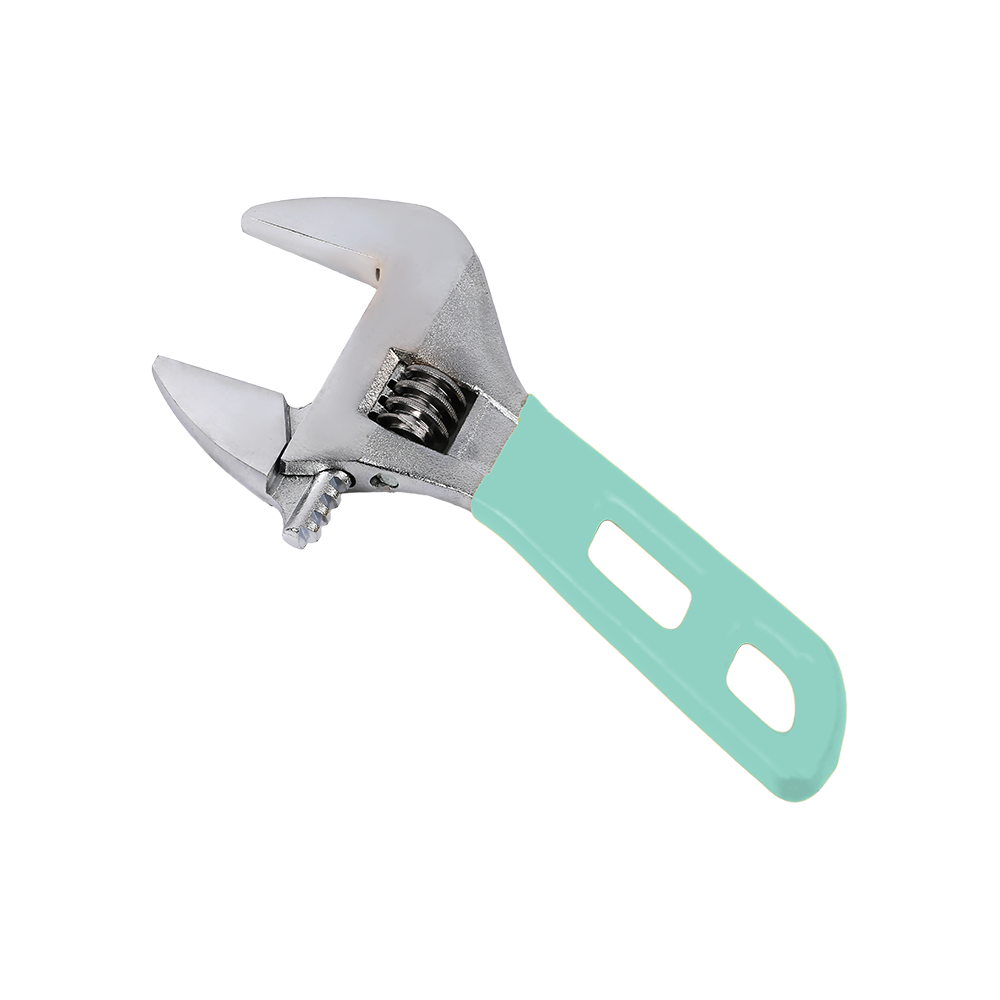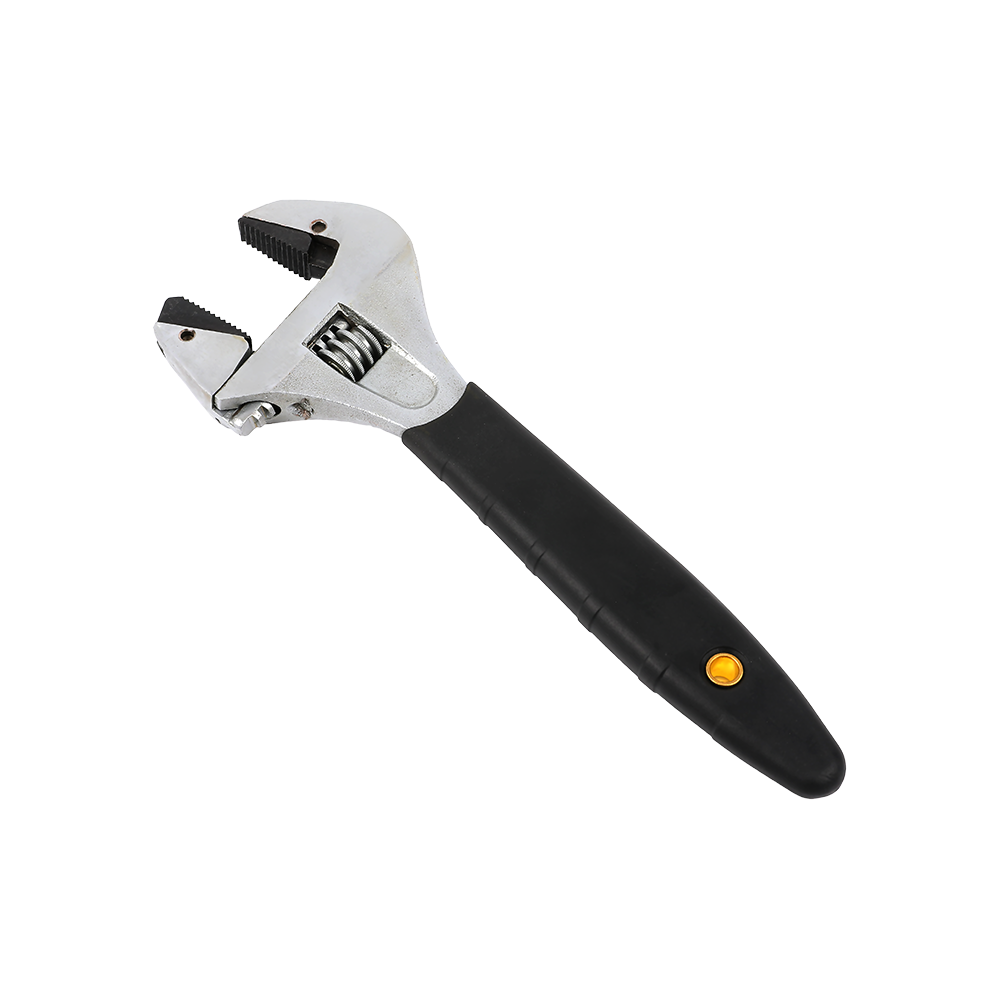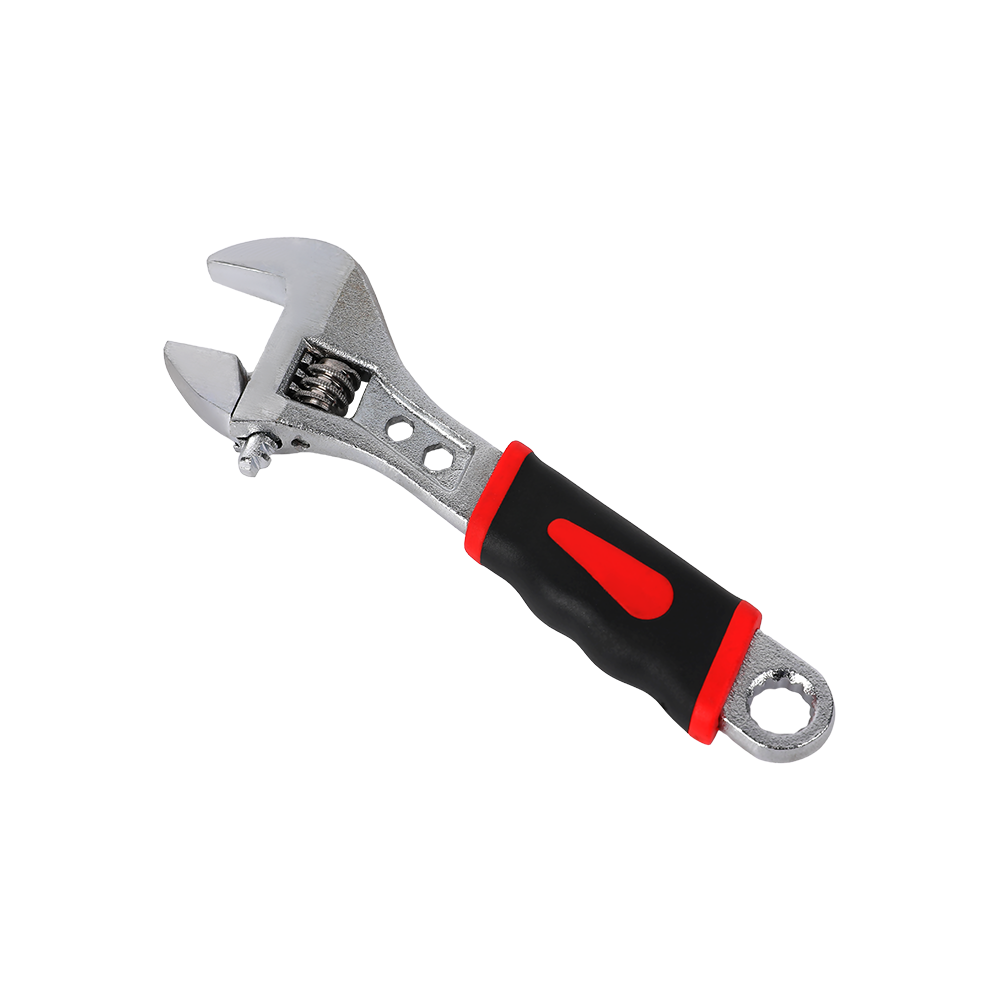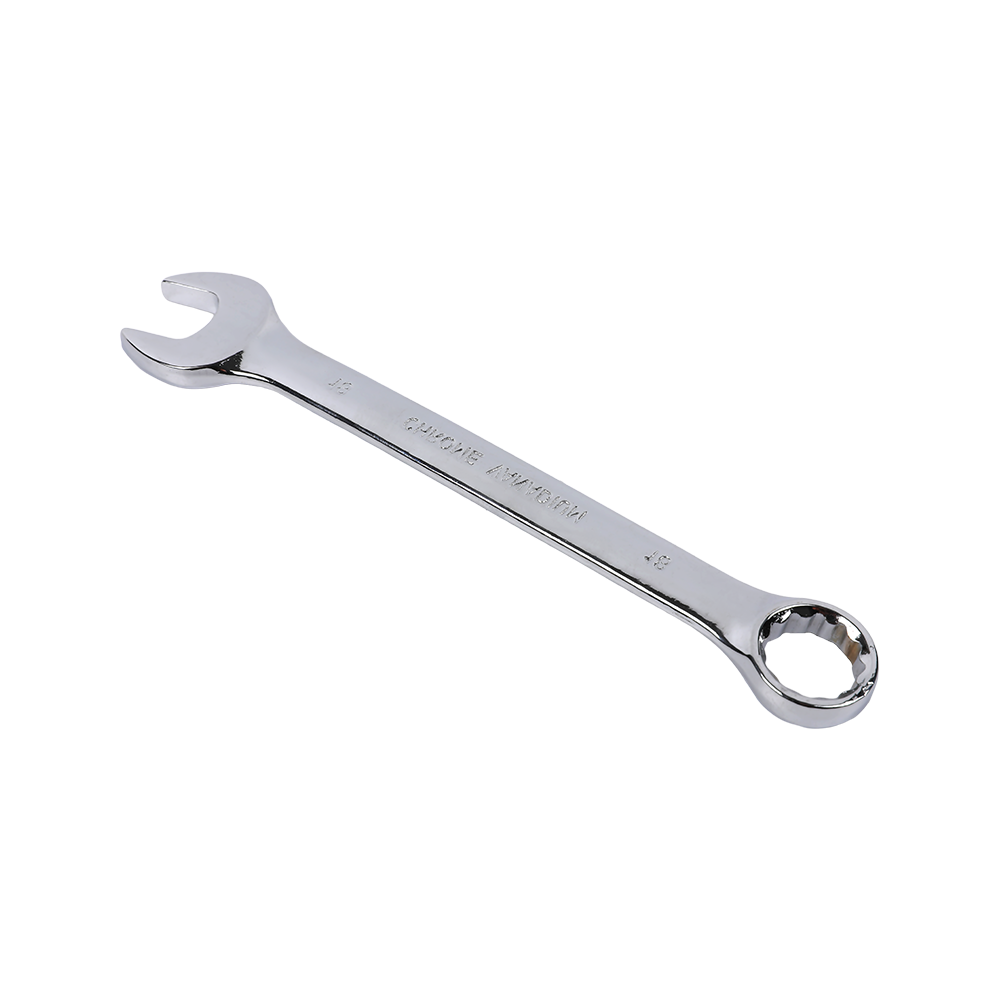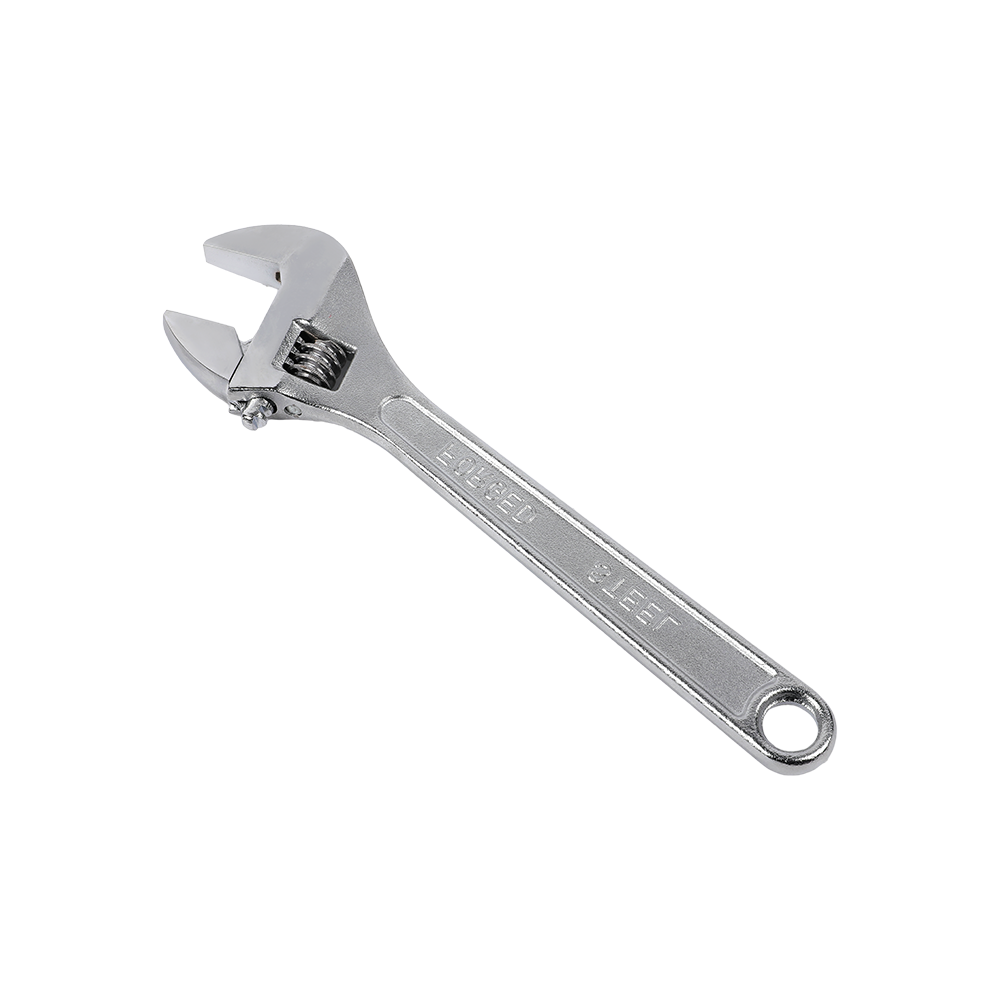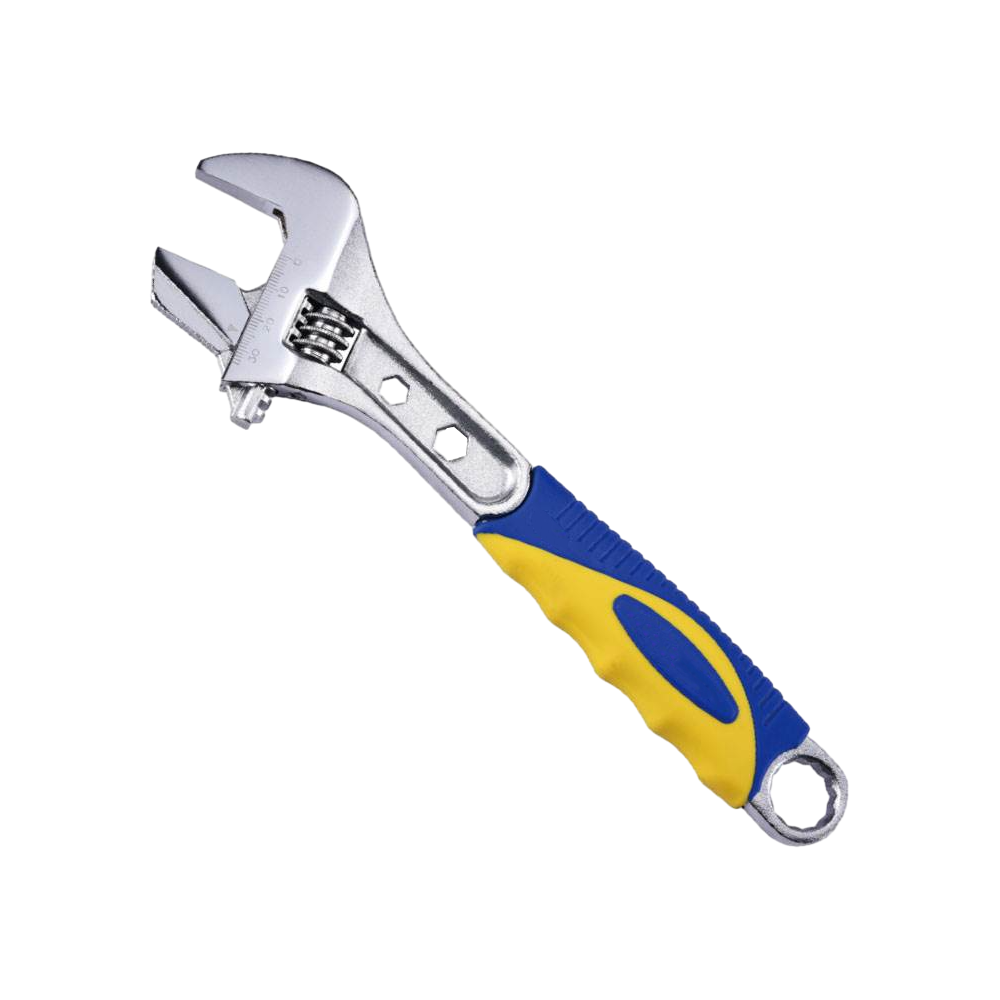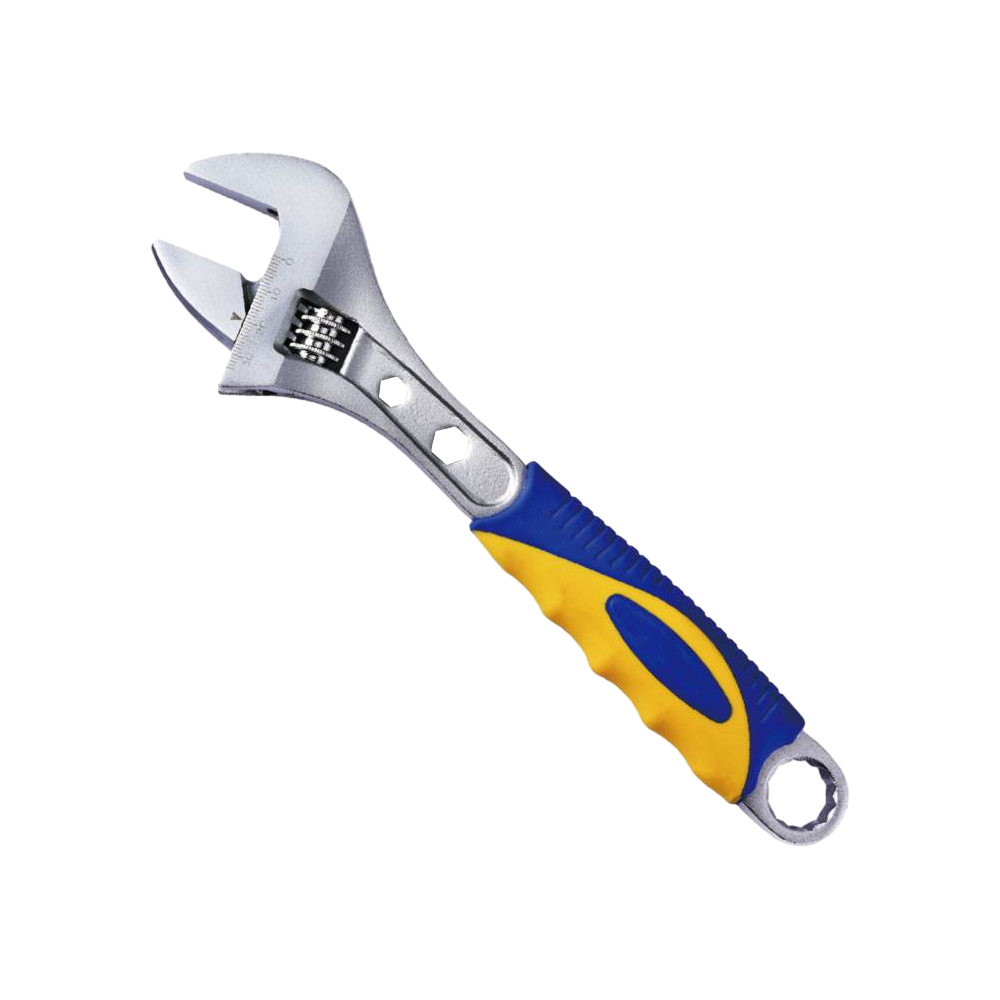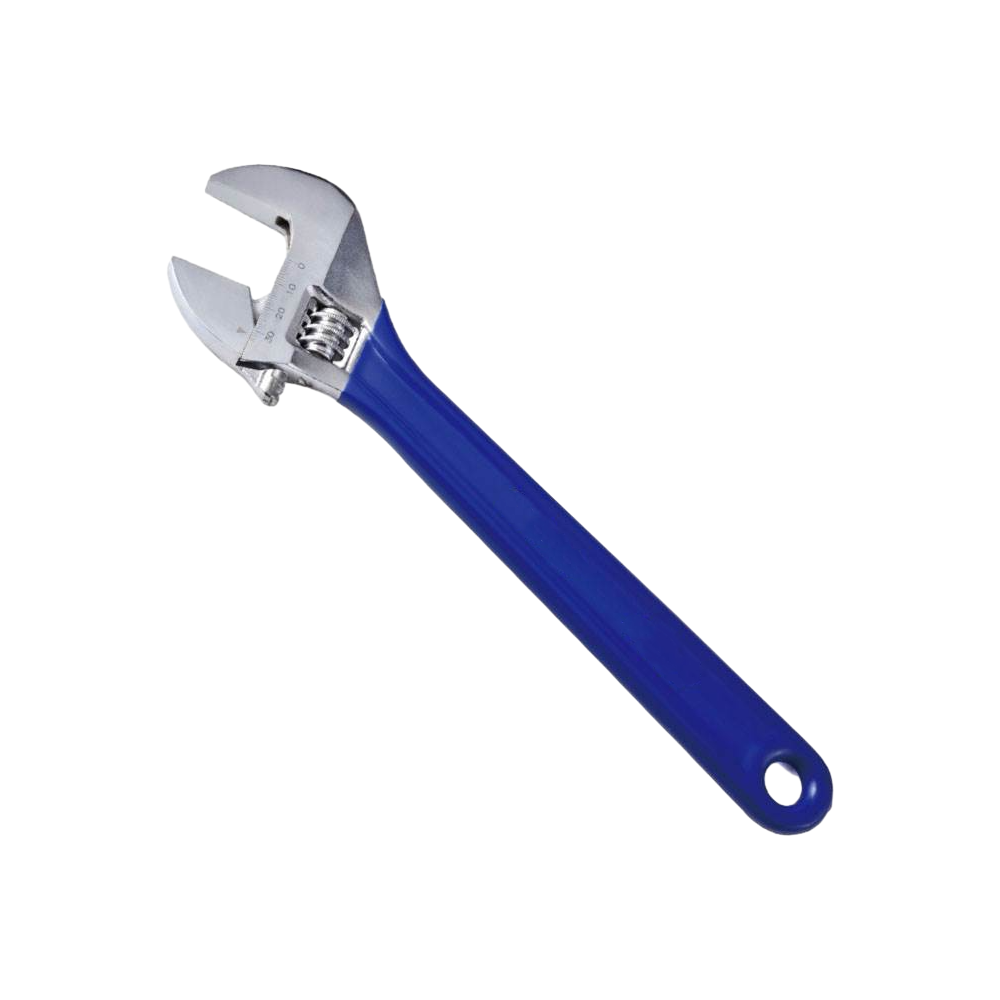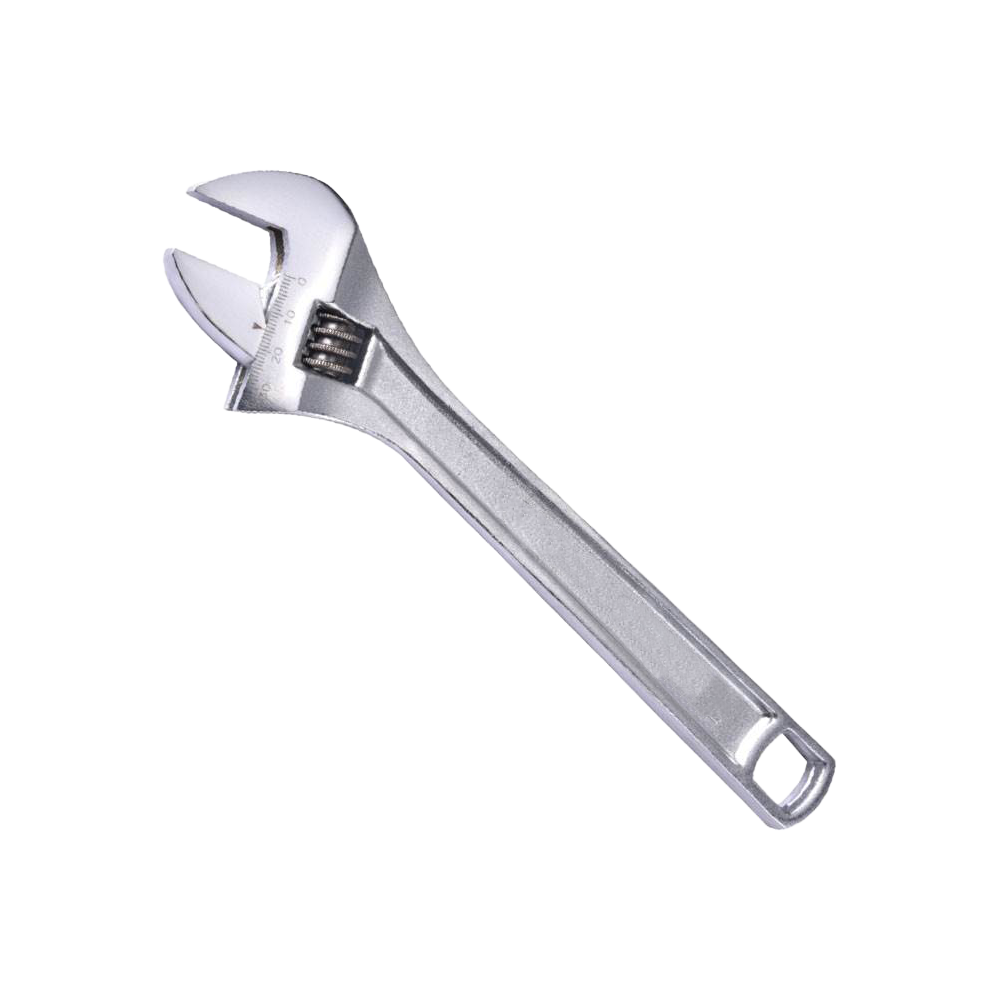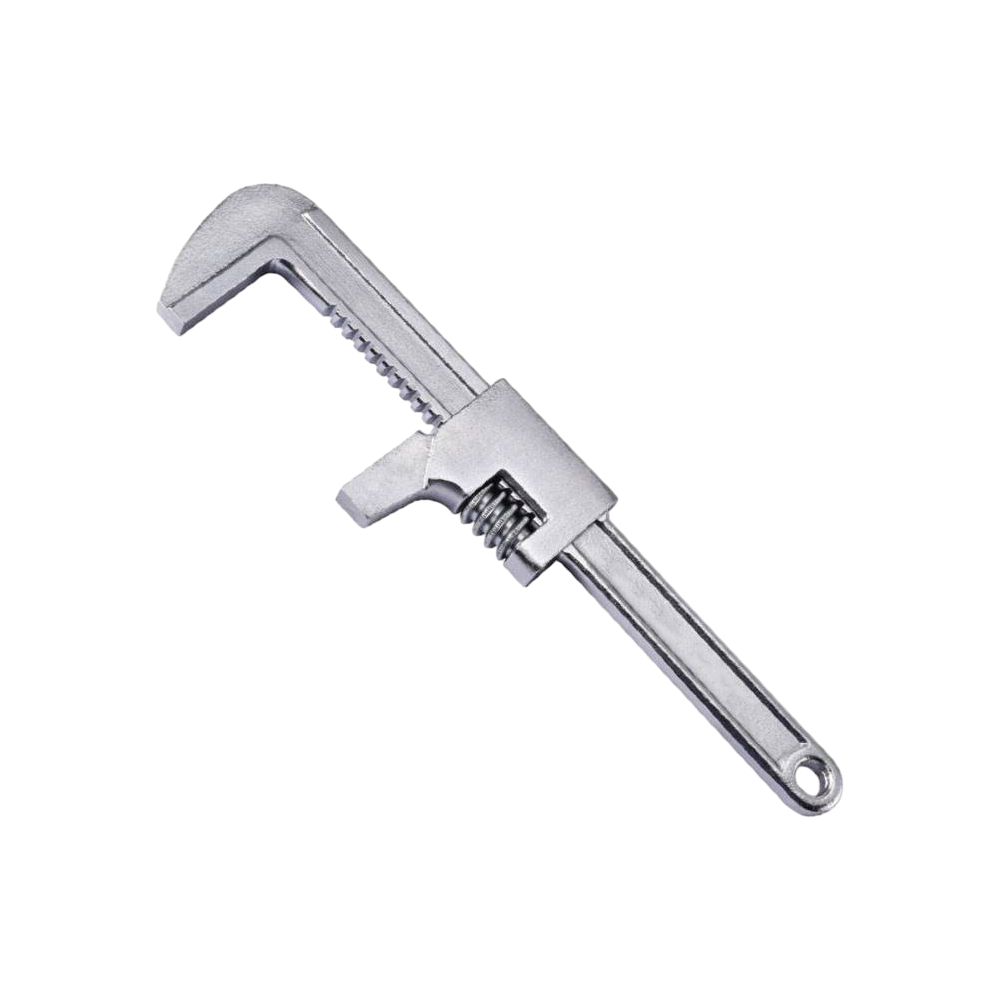How to Choose the Right Wrench for Every Task?
Introduction
The wrench is an essential tool in both professional and household environments. From automotive repairs and plumbing to industrial maintenance, the right wrench can significantly impact efficiency, safety, and the longevity of both the tool and the fasteners it works on. Selecting the correct wrench is not simply a matter of preference; it requires understanding the tool’s design, material strength, ergonomics, and suitability for specific tasks.
Wrench manufacturers design a wide variety of tools to meet diverse needs. The modern wrench comes in multiple types, each optimized for particular applications. Whether you are looking for an adjustable wrench, a torque wrench, or a standard open-end wrench, knowing the critical features of these tools can guide you in choosing the appropriate option.
Understanding Wrench Types
Open-End Wrench
An open-end wrench features U-shaped jaws that grip two opposite sides of a fastener. It is ideal for tasks that require quick adjustments and where space constraints are limited. Open-end wrenches are commonly used in plumbing and automotive work due to their accessibility.
| Type | Typical Use | Advantage | Limitation |
|---|---|---|---|
| Open-End Wrench | Plumbing, automotive nuts | Easy to slide onto fasteners | Limited grip, may slip |
While open-end wrenches are convenient, their grip is less secure than box-end or adjustable wrenches, which may result in slippage if excessive torque is applied.
Box-End Wrench
Box-end wrenches encircle the entire fastener, providing a secure grip and reducing the risk of slippage. They are highly effective for high-torque applications and are preferred for automotive and machinery maintenance. Box-end wrenches are typically manufactured from high-strength materials to ensure durability.
Adjustable Wrench
Adjustable wrenches feature a movable jaw that allows a single tool to fit multiple fastener sizes. This versatility makes them a staple in toolkits for both professionals and DIY enthusiasts. Adjustable wrenches are ideal for situations where carrying multiple fixed-size wrenches is impractical.
| Feature | Description | Benefit |
|---|---|---|
| Adjustable Jaw | Fits multiple sizes of nuts/bolts | Reduces the need for multiple tools |
| Handle Material | Steel/Alloy | Durability and torque efficiency |
Specialized Wrenches
Specialized wrenches, such as torque wrenches and pipe wrenches, are designed for precise or heavy-duty applications. Torque wrenches allow users to apply a specific torque value, ensuring fasteners are tightened correctly. Pipe wrenches are designed for gripping cylindrical surfaces and are essential in plumbing and mechanical installations.
Key Feature Focus: Material Strength
Material strength is a critical factor that directly impacts a wrench’s durability, performance, and safety. Wrenches are typically made from carbon steel, alloy steel, or chrome vanadium steel, each offering different levels of hardness, corrosion resistance, and torque-handling capability.
| Material | Hardness | Corrosion Resistance | Suitable Applications |
|---|---|---|---|
| Carbon Steel | Medium | Low | Light-duty tasks |
| Alloy Steel | High | Medium | Automotive, industrial tasks |
| Chrome Vanadium Steel | Very High | High | Heavy-duty & precision work |
High-strength wrenches, especially those made from chrome vanadium steel, offer exceptional torque handling and longevity. Selecting a wrench with appropriate material strength reduces the risk of bending, breaking, or damaging fasteners. Wrench manufacturers often label tools with their material specifications to help users make informed choices.
Handle Design and Ergonomics
Handle design significantly influences comfort, control, and torque efficiency. Ergonomic handles reduce hand fatigue during prolonged use, which is particularly important in professional settings.
| Handle Type | Grip Comfort | Torque Efficiency | Best Use Case |
|---|---|---|---|
| Rubber-coated | High | Medium | Repetitive tasks |
| Steel/Metal | Medium | High | High-torque applications |
| Long Handle | Medium | Very High | Automotive, heavy machinery |
A longer handle can improve torque leverage, while rubber-coated handles offer better grip and reduce the risk of slipping. Selecting a wrench with a handle designed for the intended application ensures both efficiency and safety.
Choosing Wrench Size and Fit
Proper sizing is crucial to ensure effective and safe use. Using a wrench that is too large or too small for the fastener can cause slipping, rounding, or damage.
| Fastener Size | Recommended Wrench Type | Adjustable Option |
|---|---|---|
| 10 mm | Open-End | Yes |
| 1/2 inch | Box-End | Yes |
| 3/4 inch | Adjustable / Torque | Yes |
Metric and imperial standards must also be considered, especially for tasks involving imported machinery or vehicles. Adjustable wrenches provide flexibility when dealing with multiple fastener sizes but may require careful adjustment to avoid slippage.
Safety Considerations
Using the right wrench reduces the risk of accidents and injuries. Safety issues typically arise from slippage, applying excessive torque, or using a wrench made from insufficiently strong material. Selecting a wrench with the appropriate strength, handle design, and fit mitigates these risks. Always ensure tools are inspected for wear and maintained properly.
Maintenance and Longevity
Routine maintenance extends the life of a wrench and ensures consistent performance. Key practices include:
Cleaning after use to remove debris and chemicals.
Applying anti-corrosion treatments or lubricants for metal wrenches.
Proper storage in toolboxes, hangers, or racks to prevent damage.
Wrenches made from high-strength materials, such as chrome vanadium steel, generally require less frequent maintenance but still benefit from regular care. Wrench manufacturers often provide guidelines for maintaining their tools to maximize service life.
Conclusion
Choosing the right wrench for every task involves understanding its type, material strength, handle design, size, and intended use. By focusing on these features, users can enhance efficiency, safety, and tool longevity. Consulting with reputable wrench manufacturers and selecting tools designed for specific applications ensures performance. High-strength, ergonomic, and properly sized wrenches are essential for both professional and DIY environments.
A well-chosen wrench not only improves work quality but also provides a reliable, long-lasting tool that can handle a variety of tasks safely and effectively. By considering material, design, and fit, users can confidently select the correct wrench for every application.
-
Feedback
 English
English русский
русский Español
Español
